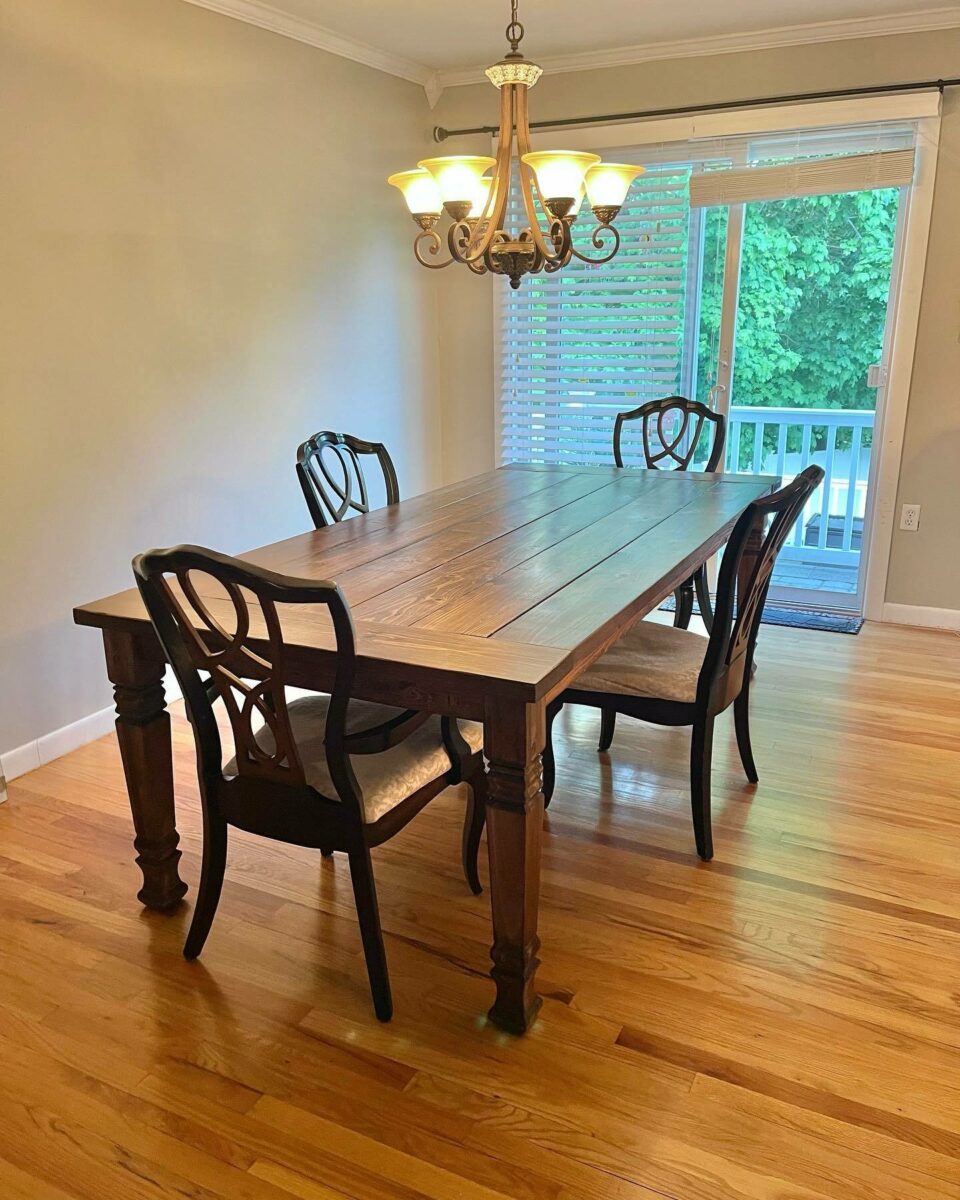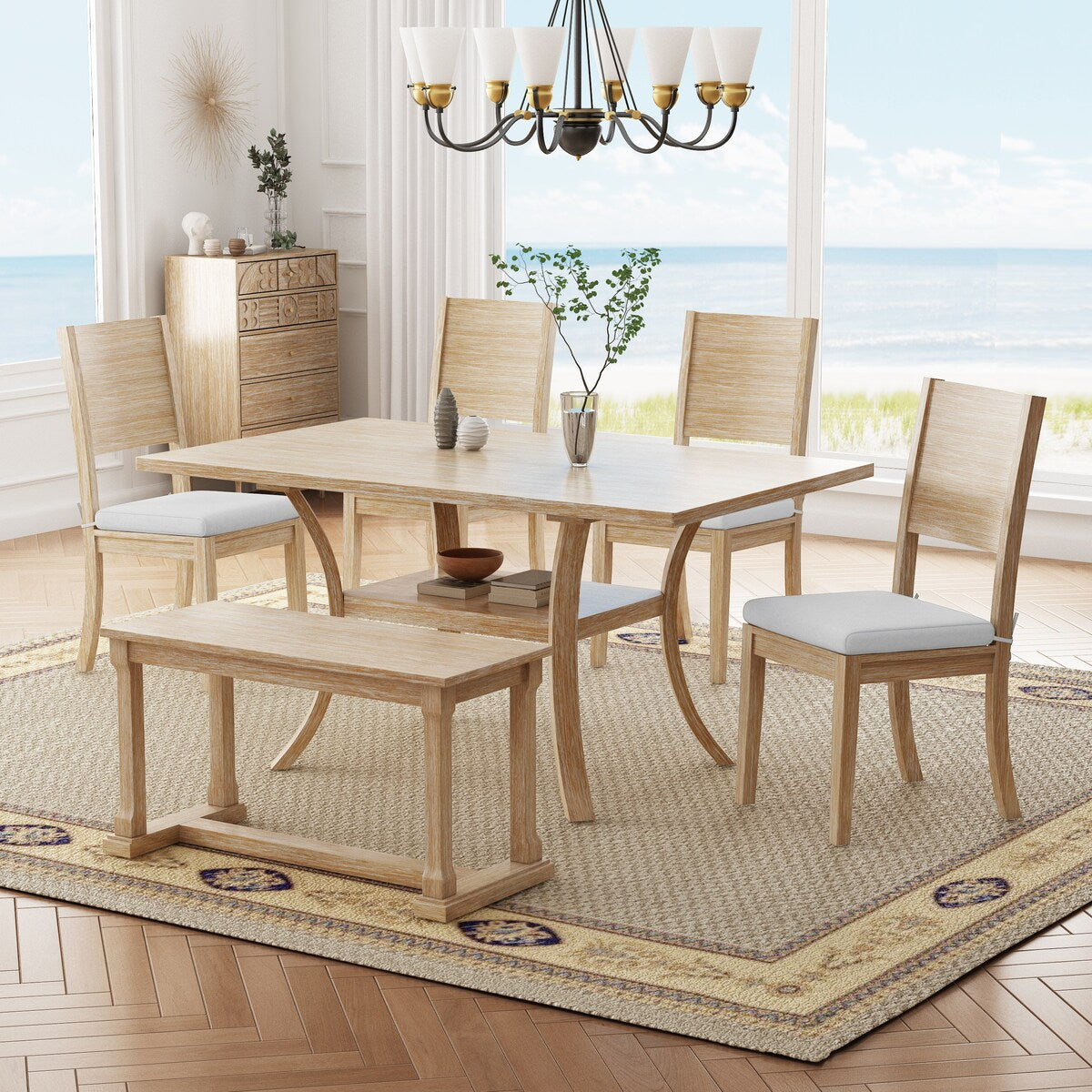Add Charm and Elegance to Your Space with Distinct Dining Room Table Legs
Add Charm and Elegance to Your Space with Distinct Dining Room Table Legs
Blog Article
Exactly How to Select the Perfect Dining-room Table Legs for Your Home Décor
Choosing the excellent dining space table legs is a nuanced process that calls for careful consideration of various aspects, including your room restraints, aesthetic preferences, and useful needs. The interplay in between materials, dimensions, and designs can dramatically affect the ambiance of your eating location, making it necessary to approach this decision carefully.
Assess Your Dining Space
Assessing your eating room is crucial for picking the right table legs that match both looks and functionality. Begin by measuring the measurements of your eating location, including ceiling height, flooring room, and proximity to other furnishings. This info will certainly aid determine the suitable dimension and height of your dining table, which directly influences the choice of table legs.
Next, take into consideration the design and layout of your dining space. For circumstances, an open-concept layout might gain from table legs that offer aesthetic agility, such as slender steel or acrylic options. Conversely, a more conventional setting may call for strong wooden legs that give a feeling of permanence.
Review the existing shade scheme and products in your eating location. Integrating the table legs with these components develops a natural look that improves the total style.
Inevitably, a thorough analysis of your dining space will certainly lead you in making a notified choice, guaranteeing that your table legs not just improve the aesthetic charm yet also offer functional objectives.
Consider Your Design Preferences
When choosing dining-room table legs, it is important to assess your personal style choices, as they considerably influence the total aesthetic of your eating space. Your selection of table legs can either complement or comparison with existing design, making it crucial to align them with your favored interior decoration theme.
If your home leans towards a modern-day aesthetic, take into consideration sleek metal or minimalist wood legs that supply a clean, minimalist appearance. For an extra typical technique, luxuriant wooden legs with complex makings can include a touch of sophistication and elegance. Industrial styles take advantage of durable, resources such as reclaimed timber and steel combinations, reflecting a rugged appeal.
In addition, farmhouse and rustic styles frequently favor tough, beefy legs that stimulate a sense of warmth and convenience. On the other hand, if your decor is diverse, you might pick unconventional forms or a mix of products to produce visual rate of interest.

Evaluate Material Options
The choice of material for dining area table legs plays a crucial function in both resilience and visual appeal. Usual materials include timber, metal, and composite choices, each offering distinctive qualities that can affect the total appearance and longevity of your table.
Timber is a classic choice, recognized for its heat and convenience. Hardwoods like oak and walnut offer extraordinary stamina and can be finished in various spots to match any decoration. Softwoods like pine are more susceptible to scrapes and dents, making them much less excellent for high-traffic areas.
Steel legs, typically crafted from steel or aluminum, exhibit modernity and commercial appeal. They are extremely sturdy and immune to use, making them suitable for families with youngsters or regular events (dining room table legs). Additionally, metal can be ended up in different shades, boosting the modification opportunities
Composite products, such as MDF or laminate, offer cost and diverse designs. While typically less sturdy than solid timber or metal, they can still give a trendy look and are commonly very easy to preserve.
Eventually, the product you select ought to align with your lifestyle, aesthetic preferences, and the level of use click to read your dining table will experience.
Determine Elevation and Size
Selecting the ideal elevation and size for your dining-room table is essential for both performance and comfort. The common elevation for dining tables usually varies from 28 to 30 inches, allowing sufficient legroom for many people when seated. It is crucial to take into consideration the dimensions of your dining area and the kinds of chairs you prepare to make use of.

Moreover, take into consideration the proportions of your dining-room. A bigger table in a large area can create a grand atmosphere, while a smaller table functions well in even more intimate settings. Ultimately, the appropriate elevation and dimension will certainly balance with your general decor and enhance the eating experience for you and your visitors.
Explore Customization Possibilities

Additionally, the style of the legs can be tailored to fit various designs, such as rustic, contemporary, or commercial. Tapered legs can stimulate a mid-century contemporary feel, while beefy, block-style legs might resonate with standard or farmhouse style.
Property owners can also explore color coatings, from natural wood spots to repaint, enabling them to match or contrast with the table top and surrounding decor.
Additionally, leg elevation can be adjusted to accommodate particular seating setups or individual choices, enhancing both comfort and capability.
Finally, unique decorations, such as carvings or look at here now decorative brackets, can even more customize the table legs, making the dining experience not just a dish however a declaration item in the home. By thinking about these customization options, home owners can produce a dining space table that genuinely reflects their uniqueness.
Conclusion
Selecting the ideal dining room table legs calls for cautious factor to consider of numerous elements, including the dimensions of the eating room, design choices, product toughness, and wanted elevation. Modification choices additionally improve the ability to achieve a cohesive visual that matches the overall decor. By systematically assessing these elements, homeowners can ensure that the picked table legs not only satisfy practical requirements yet additionally contribute positively to the dining experience and atmosphere of the home.
Choosing the optimal eating area table legs is a nuanced process that requires mindful factor to consider of various components, including your area constraints, visual preferences, and useful requirements.Evaluating your dining area is important for selecting the right table legs that enhance both looks and functionality.When establishing dimension, measure the area where the table will be positioned to guarantee it fits pleasantly, enabling for at the very least 36 inches of clearance around the table for easy activity. A larger table in a sizable location can develop a grand setting, while a smaller sized table works well in even more intimate settings.Picking the optimal dining space table legs calls for mindful factor to consider of numerous aspects, consisting of the dimensions of the eating space, style choices, material resilience, and desired height.
Report this page